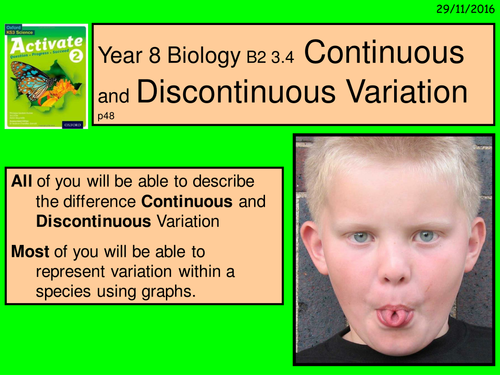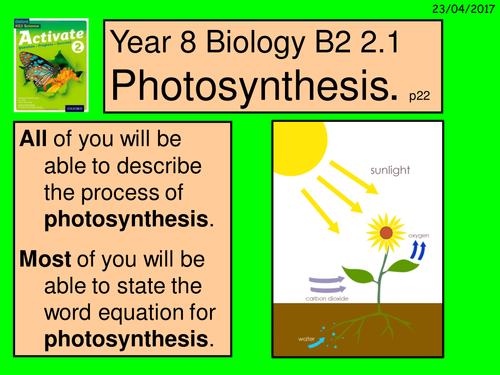Mr Science's Shop
The author has over 20 years’ experience of teaching and has worked in wide range of schools with very diverse student groups. He holds an MSc in “Education and Technology in Science”. This lessons and scheme of work have been successfully trialed and refined in the classroom environment.





















